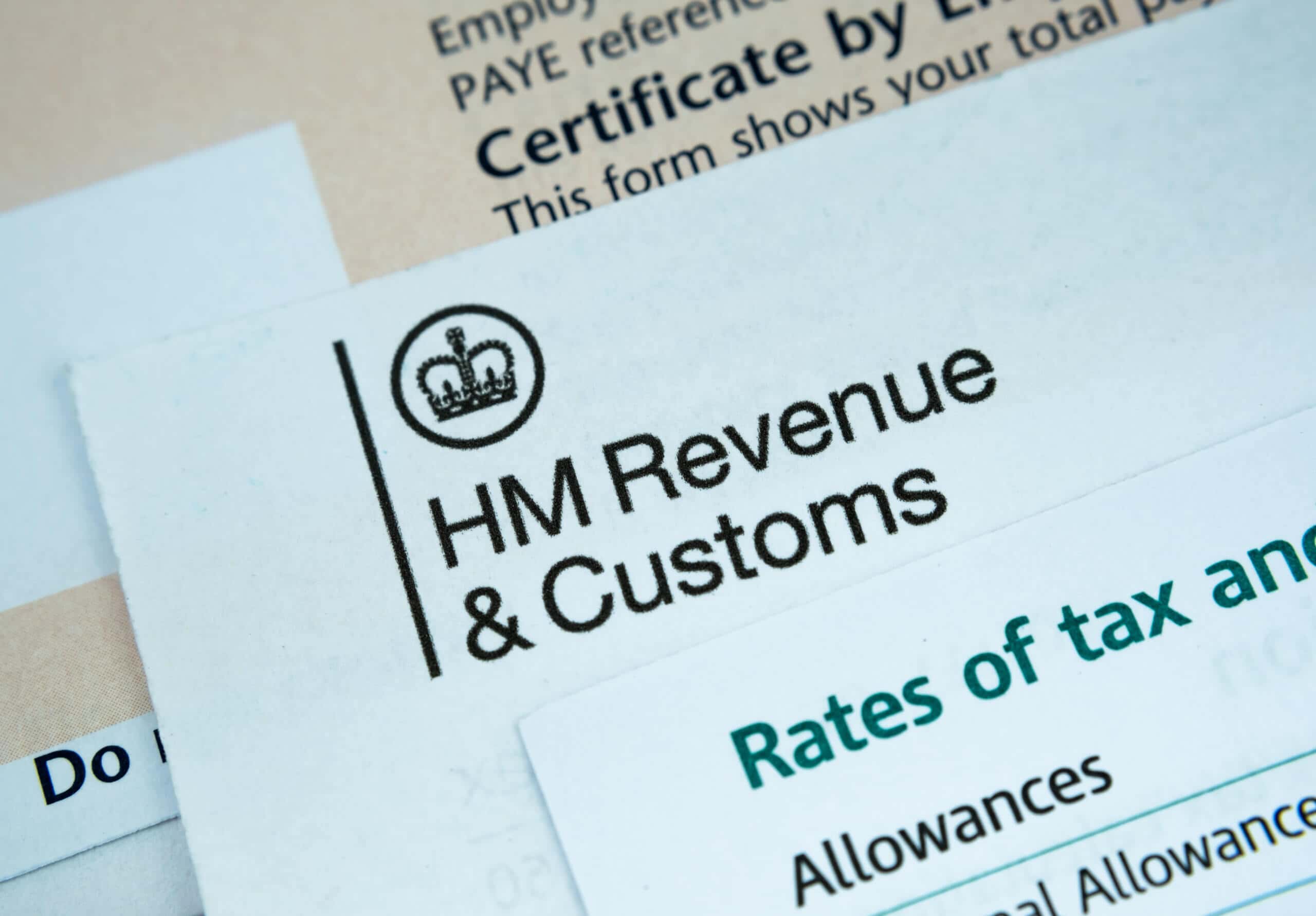Personal income tax allowances can be complicated to understand initially. However, getting to grips with your income tax allowance will help you to discover if you’re in the right band and if you’re paying the right amount of tax, saving you money. So, it’s worth taking the time to understand.
What is personal income tax?
Personal income tax is the amount of tax you pay on your income. Usually, this is taken from your wages and salary from your full-time job. However, income tax is also paid on profits from businesses, interests and dividends earned from investments and rent if you’re a landlord. Most types of income are subject to income tax.
Income tax is the HMRC’s main source of revenue and is used to provide funding for public services including the NHS and education.
You won’t pay personal income tax on all of your earnings as most people qualify for a personal allowance. Therefore, this form of income tax only applies to your taxable income.
How does personal allowance work?
All UK taxpayers have a personal allowance, which is the amount you can earn each year before you start paying income tax. Once you earn more than your personal allowance, you pay tax at your income tax rate. Your tax rate will depend on the amount you earn above the personal allowance threshold.
Your personal allowance can increase if you claim Marriage Allowance or Blind Person’s Allowance. If you’re a high earner or owe tax from the previous year, your personal allowance could be smaller.
What is the personal allowance rate for the 2021-22 and 2022-23 tax years?
The standard personal allowance rate for both the 2021/22 and 2022/23 tax years is £12,570. You won’t pay tax on your personal allowance, so anything you earn above £12,570, you’ll pay income tax on.
If you earn over £100,000 per annum, your personal allowance reduces by £1 for every £2 you earn. This means that once you’re earning £125,000+, you’ll pay income tax on everything that you earn and you won’t have the £12,570 tax-free personal allowance.
Blind Person’s Allowance is £2,520 plus your personal allowance of £12,570.
How can I work out my taxable income?
Working out your taxable income doesn’t require any accounting expertise, it’s as easy as 3 steps:
- Add together your income — calculate all your income earned including your full-time job, freelance work, pensions, rental income etc. Then deduct your personal allowance (£12,570 for the 2022/23 tax year). This final amount will be your taxable income, the earnings you pay tax on.
- Apply any deductions — you can now deduct any further allowances from your taxable income. This could be pensions tax relief or gift aid. Or, other allowances such as marriage allowance and blind person’s allowance. Always check your eligibility for any further tax relief or allowances.
- Non-savings taxable income — this final figure is the non-savings part of your income that you’ll pay tax on. If you earn interest on savings, you’ll have to pay tax on that separately.
How can I work out what income tax band I am in?
Now that you know your personal allowance and taxable income, it’s time to figure out how much tax you’ll be paying in your tax band. In the 2022/23 tax year, in England, Wales and Northern Ireland, there are three income tax bands:
| Earnings | Tax rate |
| Under the personal allowance (PA) (under £12,570) | No income tax |
| Basic rate Between PA and PA + £37,700(£12,570 to £50,270) | 20% |
| Higher rate Between PA + £37,701 and £150,000(£50,270 to £150,000) | 40% |
| Additional rate Over £150,000 | 45% |
The way these bands work can be difficult to understand. For example, if you were to earn £100,000, £12,570 of that would be tax-free. £37,700 would be taxed at 20% and the rest would be taxed at the higher rate of 40%. You only pay the corresponding % on the portion of earnings in a particular tax band.
How does personal allowance affect those who are self-employed?
If you’re self-employed, you’re still entitled to the same 2022/23 personal allowance of £12,570. Anything earnt above this PA, you’ll pay tax on. However, your income tax won’t be automatically deducted like in employed positions. When you’re self-employed, you’ll have to submit a self-assessment tax return. This involves inputting your earnings in order to calculate how much tax you owe.
Self-employed workers can benefit from various other tax reliefs including:
- Expenses — the cost of working from home, equipment, vehicles etc. can all be classed as business expenses. This can reduce the level of tax you pay.
- Capital allowances — allow the entire cost of purchases of business assets to be set against income. Annual Investment Allowance of £1 million until 31 March 2023.
- Trading losses — can be set up against business income.
- Special tax relief — this can apply to farmers, foster carers, authors and artists.


Sign up to our newsletter
Join our mailing list to receive regular updates on
the news and events you need to know about.

